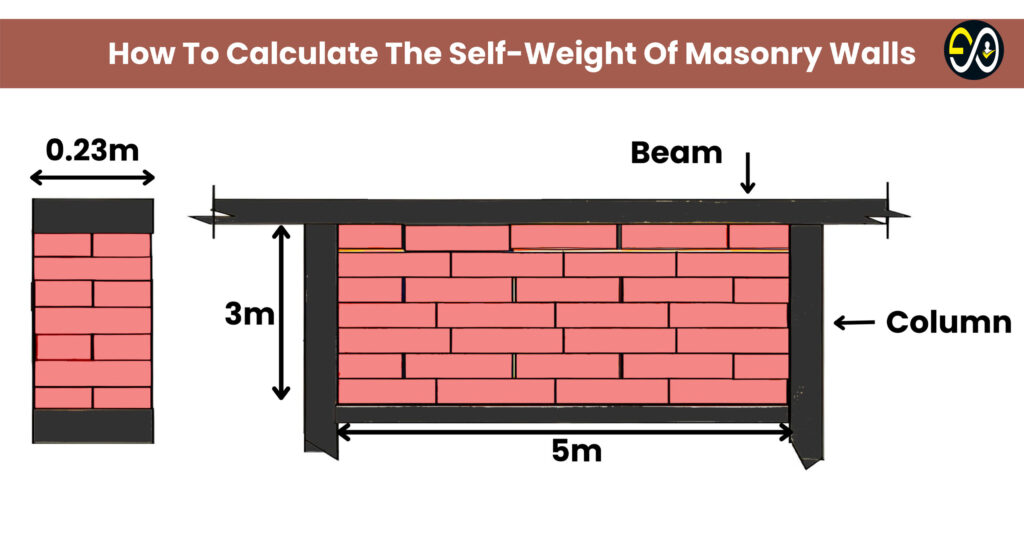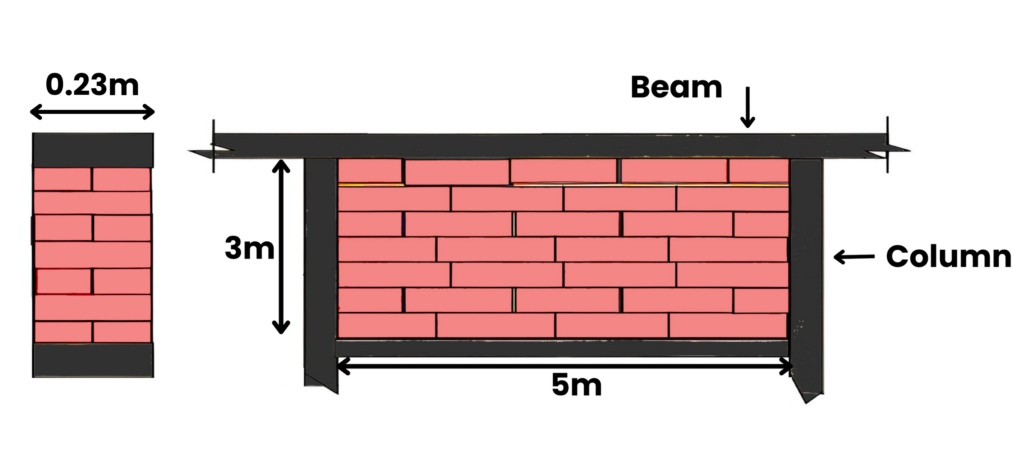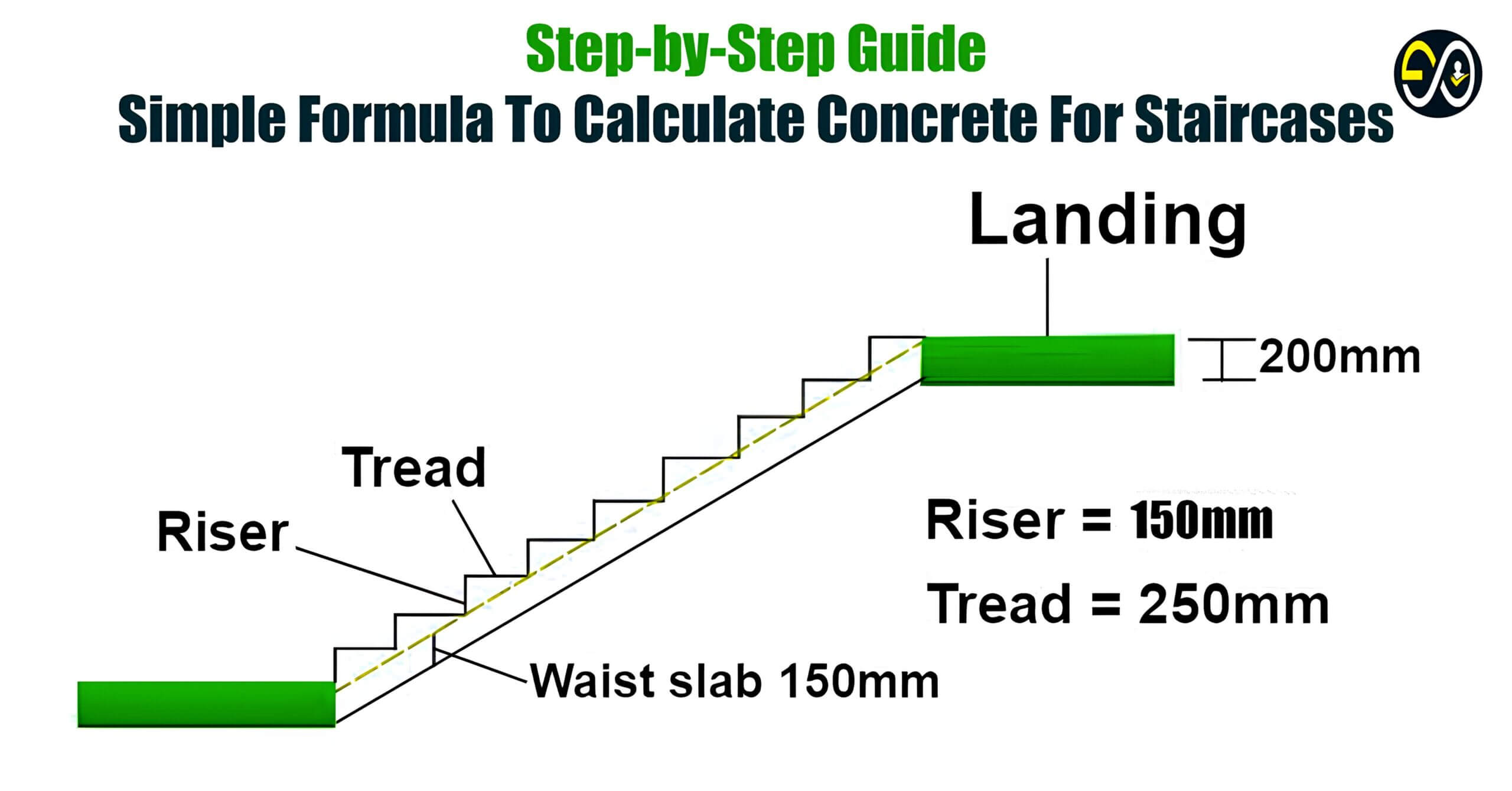
Introduction to Dead Load Calculation for Brick Walls
In structural engineering, determining the dead load of a brick wall is essential for designing safe and durable buildings. Dead load refers to the permanent static weight of structural components. For brick walls, this includes the self-weight of bricks and, when applicable, the additional weight of plaster.
This article provides a step-by-step method for calculating the dead load of a brick wall, both in its raw and plastered forms.
Table of Contents
Step 1: Understanding the Given Dimensions
Let’s consider a typical brick wall with the following dimensions:
- Length: 4 meters
- Height: 3 meters
- Thickness: 0.23 meters
These dimensions are standard for many load-bearing walls used in residential and commercial buildings.

Step 2: Calculate the Volume of the Wall
To begin, calculate the volume of the wall using the formula:
Volume = Length × Height × Thickness
Substituting the values:
Volume = 4 m × 3 m × 0.23 m = 2.76 cubic meters (cum)
This volume is essential for estimating the self-weight of the wall.
Step 3: Use the Standard Unit Weight of Brick Masonry
The unit weight of burnt clay brick masonry is: 1920 kg/cum
Now, calculate the self-weight (dead load) of the unplastered wall:
Self-weight = Unit Weight × Volume
= 1920 kg/cum × 2.76 cum = 5299.20 kg
This value represents the static load the brick structure contributes to the building’s foundation and supports.
Step 4: Determine the Weight of a Plastered Wall
If the brick wall is finished with cement plaster, its overall weight increases. The unit weight of cement mortar/plaster is 2080 kg/cum.
For practical purposes, engineers often round up the average unit weight for a plastered brick wall to:
2100 kg/cum
Now, recalculate the dead load for the plastered brick wall using the same volume:
Finished wall weight = 2100 kg/cum × 2.76 cum = 5796 kg
This figure accounts for both the brickwork and plaster coating without increasing the wall’s physical dimensions.
Key Notes and Assumptions
- The thickness includes plaster; no extra thickness is added in this calculation.
- This method assumes uniform application of plaster on both sides of the wall.


